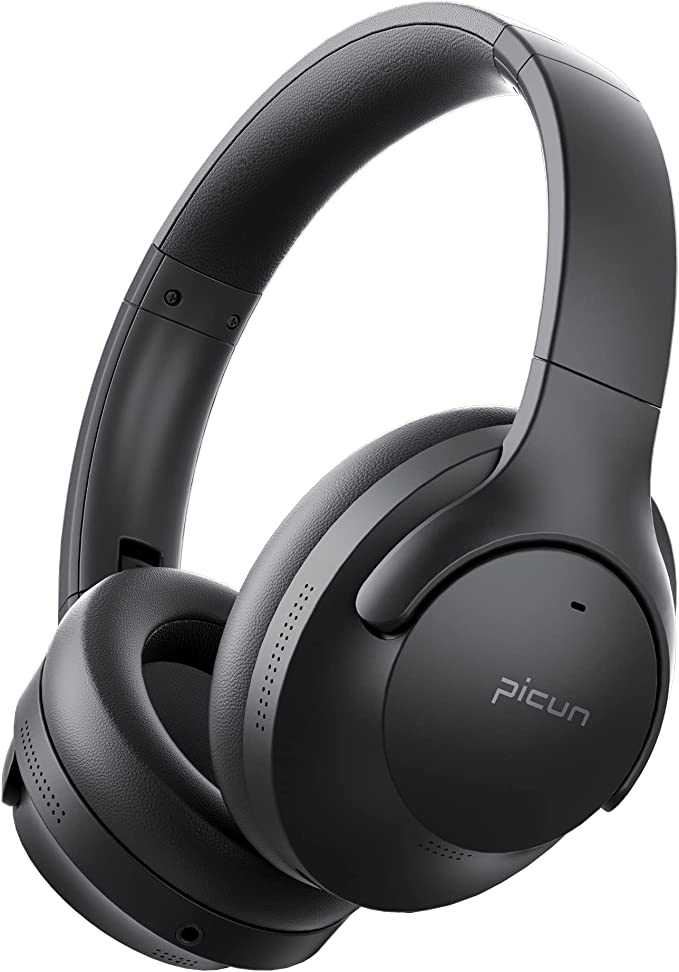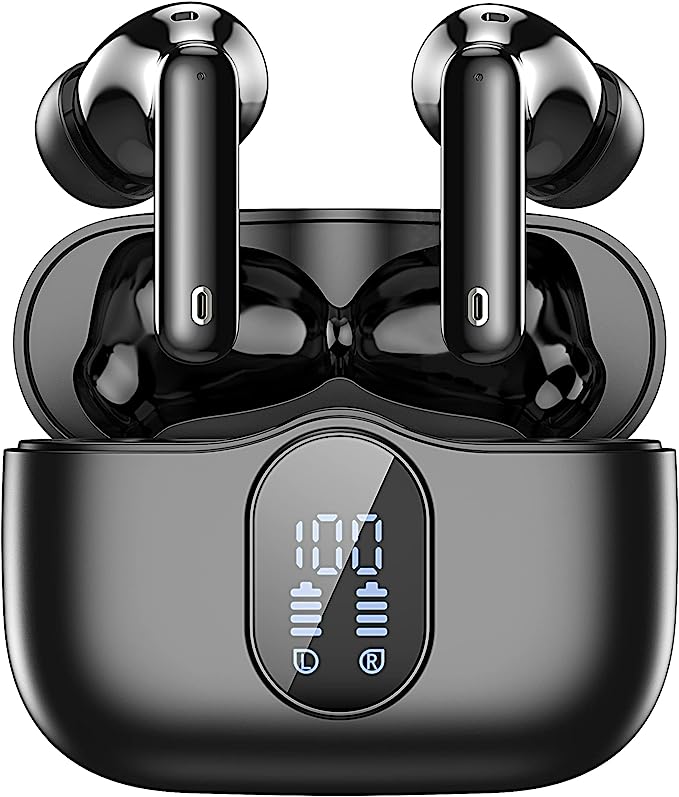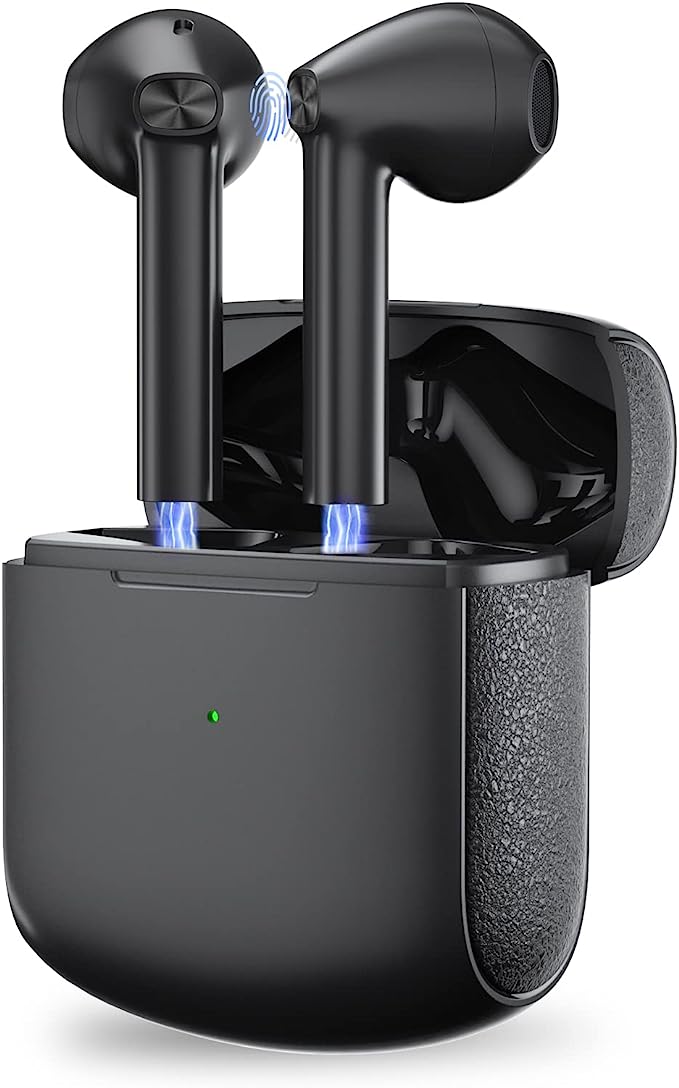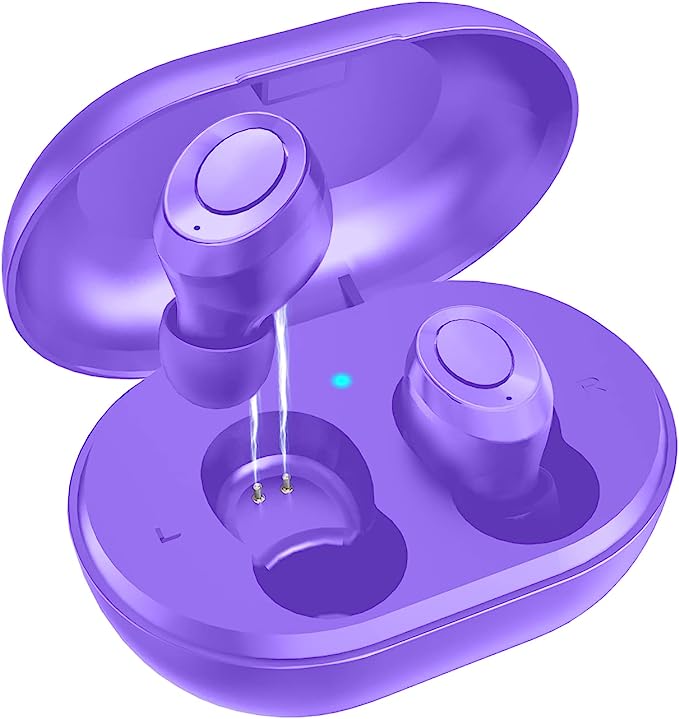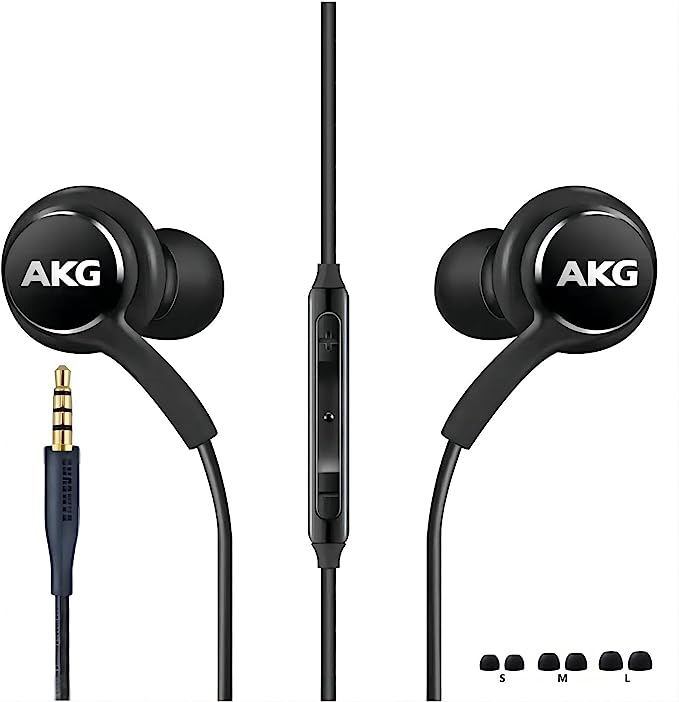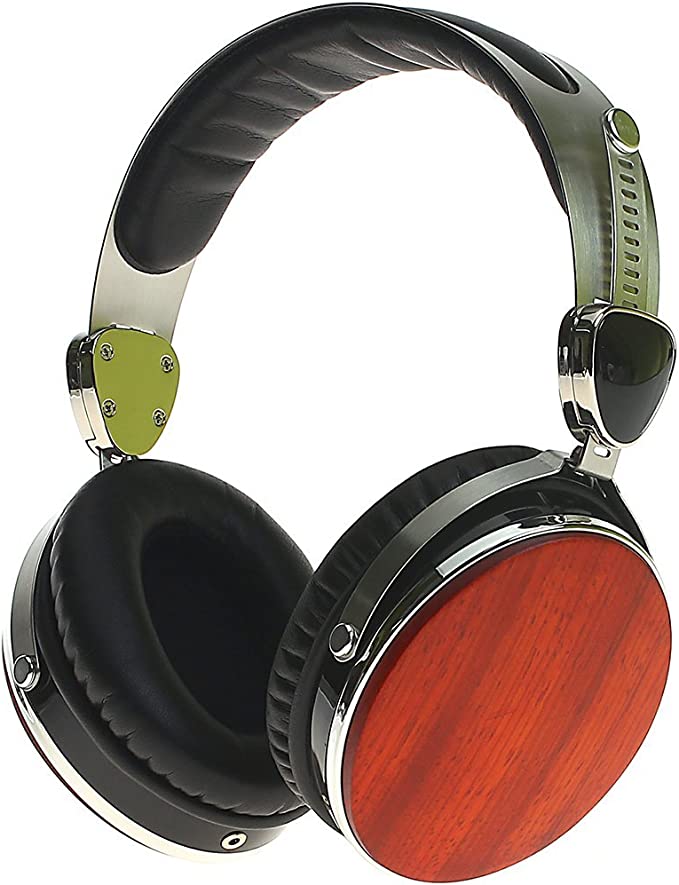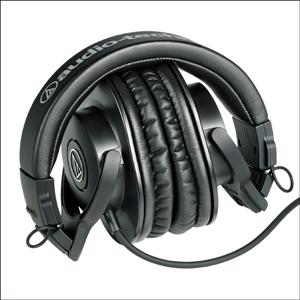Engineering Silence: The Science Behind Noise-Cancelling Headphones
Update on Nov. 13, 2025, 8:43 p.m.
We are living in a world saturated with sound we didn’t ask for. The persistent drone of an airplane cabin, the low-frequency rumble of city traffic, the inescapable hum of an open-plan office—this is the unsolicited soundtrack of modern life. In this cacophony, the desire for a personal volume knob for the world isn’t a luxury; it’s a necessity for focus, relaxation, and pure enjoyment. This fundamental human need has sparked a quiet revolution in audio engineering.
To understand a product like the Monster MH31902 Persona Noise Cancelling Wireless Headphones, one must first understand that its primary feature isn’t just about playing music. It’s about the sophisticated, deliberate act of erasing sound. This is the story of how we learned to weaponize physics to engineer personal silence.

The Physics of Absence: How to Fight Sound with Sound
The journey of Active Noise Cancellation (ANC) famously began with a moment of frustration on a flight in 1978. Dr. Amar Bose, founder of the Bose Corporation, realized that the passive padding of headphones was utterly defeated by the powerful, low-frequency roar of the jet engines. His insight was simple but revolutionary: you can’t just block this kind of noise; you have to actively cancel it.
The principle he sketched out is called destructive interference, an elegant concept in wave physics. Imagine a sound wave as a ripple in water, with peaks (crests) and valleys (troughs). ANC technology works by creating a perfectly opposite “anti-wave” that has a valley for every peak and a peak for every valley. When these two mirror-image waves meet, they neutralize each other, resulting in stillness—or in the case of audio, silence.
Modern headphones like the Monster Persona execute this feat of physics millions of times per second:
- External Microphones: Tiny microphones on the outside of the earcups act as sentinels, constantly listening to the ambient noise around you.
- The Digital Brain: The captured soundwave is sent to a Digital Signal Processor (DSP), a specialized microchip. This chip’s sole purpose is to instantly analyze the incoming noise and generate a precise, 180-degree out-of-phase “anti-noise” signal.
- Cancellation: This anti-noise signal is then played through the headphone’s internal drivers. It collides with the original ambient noise right at your ear, effectively erasing it before you ever perceive it.
The result is a dramatic reduction in constant, low-frequency sounds, the very ones that cause the most fatigue during travel and in office environments.

The Art of Presence: What Fills the Engineered Void
Once the external chaos is silenced, the quality of what you choose to listen to becomes paramount. This brings us to the second pillar of modern headphone design: High-Fidelity (Hi-Fi) audio. The term represents a commitment to reproducing sound with the utmost faithfulness to the original source recording.
In engineering terms, this means striving for zero distortion and maximum detail. When the MH31902 Persona is described as having Hi-Fi audio and deep bass, it’s not just marketing speak. * Hi-Fi Audio is about clarity across the entire spectrum. It ensures the headphones don’t artificially color the sound, allowing you to hear the subtle textures of a guitar string or the precise decay of a cymbal. * Deep Bass, when done right, is not a muddy, overpowering boom. It is the controlled and accurate reproduction of low frequencies. It requires drivers capable of moving enough air to create a physical impact, housed in an acoustic chamber (the earcup) designed to prevent that power from becoming distorted and bleeding into the mid-range frequencies.
ANC and Hi-Fi audio have a symbiotic relationship. By removing the “floor” of background noise, ANC allows the subtle details and the full dynamic range of a high-fidelity recording to shine through. You’re not just turning up the volume to overcome the noise; you’re listening in a clean, quiet space.
The Science of Comfort: Materials and Endurance
The most advanced audio technology is worthless if the headphones are uncomfortable to wear for extended periods. This is where material science and ergonomic design become critical.

The over-ear design of the MH31902 Persona provides an initial layer of passive noise isolation by physically covering the ear. The true innovation, however, lies in the memory foam padding. Developed by NASA to improve crash protection for pilots, this viscoelastic material has a unique ability to conform perfectly to the shape of your head when warmed by body heat. This creates two significant benefits:
1. Pressure Distribution: It eliminates pressure points, allowing for hours of comfortable wear during a long flight or a full workday.
2. Acoustic Seal: It forms a superior seal around the ear, which is vital. This seal enhances passive isolation and, just as importantly, creates the closed acoustic environment necessary for the drivers to produce a rich and accurate bass response.
This entire system is powered by a high-capacity lithium-ion battery, optimized for efficiency by modern Bluetooth and DSP chips. The 30-hour playtime means you can cross the Atlantic and back on a single charge. And for those moments when you forget, Quick Charge technology uses sophisticated battery management to safely provide hours of listening time from just a few minutes of charging.
The Synthesis: Your Personal Auditory Environment
The Monster MH31902 Persona serves as a perfect case study in how these disparate fields—physics, acoustics, material science, and electrical engineering—converge to create a single, cohesive experience. It’s an accessible demonstration of technologies that were once the domain of aviation and high-end recording studios.
These headphones are more than just a device for listening to music. They are a tool for curating your personal environment. They empower you to subtract the intrusive noise of the world and replace it with sound—or silence—of your own choosing. In an age of constant distraction, the ability to engineer your own pocket of quiet isn’t just a feature; it’s a modern form of freedom.

